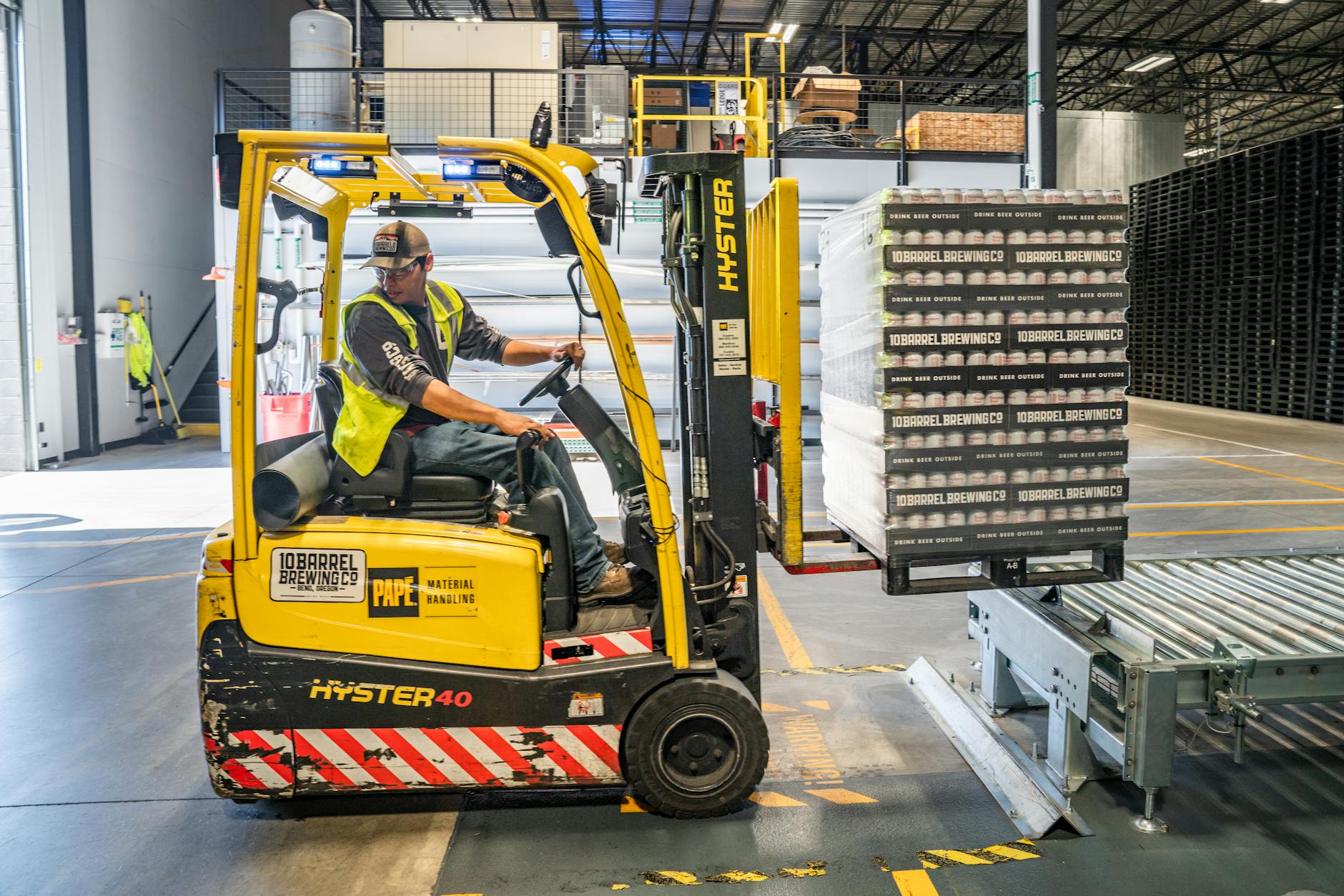
Introduction to Housekeeping
Housekeeping, in the context of a workplace or industrial setting, refers to the routine maintenance and upkeep of the work environment to ensure it is clean, safe, and organized.
Why Housekeeping is AWESOME:
It’s awesome because it helps:
Minimize Hazards: Regular debris, spill, and danger removal through housekeeping actively slashes the accident risk from slips, trips, and falls, notorious in cluttered or neglected spaces.
Enhances Productivity: An orderly workspace smoothens workflows and simplifies tool and material access, turbocharging productivity and operational efficiency.
Improves Health: A clean workplace is a fortress against germ spread, dialing down the risk of occupational diseases, particularly in sectors exposed to hazardous substances.
Maintains Assets: Consistent care and maintenance breathe extended life into equipment and facilities, dodging expensive breakdowns.
Promotes a Positive Work Environment: A pristine, well-kept workplace elevates morale and crafts an excellent impression on employees, visitors, and prospective clients.

What does OSHA say about it?
OSHA’s regulations on walking-working surfaces are specifically outlined in section 1910.22:
- 1910.22(a)(1) mandates that all places of employment, including passageways, storerooms, service rooms, and walking-working surfaces, must be kept in a clean, orderly, and sanitary condition.
- 1910.22(a)(2) requires that floors in workrooms be maintained in a clean and, as much as feasible, dry condition. Adequate drainage and dry standing places like false floors, platforms, and mats must be provided when wet processes are used.
- 1910.22(a)(3) states that walking-working surfaces must be free of hazards such as sharp or protruding objects, loose boards, corrosion, leaks, spills, snow, and ice.
The DO’s and DON’Ts of maintaining a clean site:
DO:
- Maintain cleanliness and order: by keeping all areas of employment clean and orderly, reflecting OSHA’s requirements and our commitment to safety.
- Ensure floors are dry and clean: immediately address spills and use mats or dry platforms in wet areas to prevent slip hazards.
- Remove and report hazards: routinely inspect for and remove or report any potential hazards on walking-working surfaces to your supervisor.
DON’Ts:
- Neglect spill cleanup: Ignoring spills puts everyone at risk of potential slip and fall accidents.
- Leave debris on floors or aisles: Leaving garbage, materials, or tools on the floor or in aisleways can cause hazards and reduce workflow.
- Overlook maintenance issues: Failing to address loose boards, leaks, or sharp objects on surfaces can also cause major problems.
Lastly:
If you see something, take 5minutes out of your day and clean it up!
